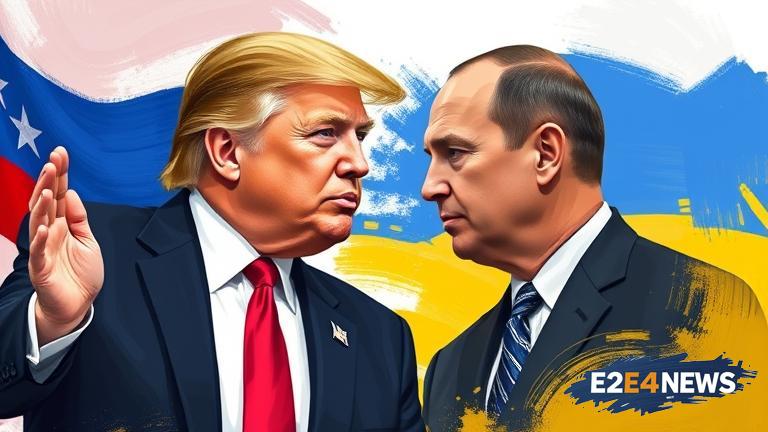The United States has implemented tariffs on Russian goods in a bid to influence President Vladimir Putin’s stance on the ongoing conflict in Ukraine. This move is part of a broader effort by the US to exert pressure on Russia to withdraw its support for separatist groups in eastern Ukraine. The tariffs, which target a range of Russian products including steel and aluminum, are intended to inflict economic pain on Russia and thereby persuade Putin to change his approach to the conflict. However, it is unclear whether this strategy will be effective, as Russia has a history of resisting external pressure and has already taken steps to mitigate the impact of the tariffs. Furthermore, the tariffs may have unintended consequences, such as harming American businesses that rely on Russian imports or sparking a wider trade war. The conflict in Ukraine has been ongoing since 2014, when Russia annexed the Crimean peninsula and began supporting separatist groups in the eastern part of the country. The US and its European allies have imposed numerous sanctions on Russia in response to its actions in Ukraine, but so far, these measures have had limited impact. The new tariffs are an attempt to escalate the pressure on Russia and to persuade Putin to negotiate a peaceful resolution to the conflict. Despite the uncertainty surrounding the effectiveness of the tariffs, the US is determined to continue applying pressure on Russia until it changes its stance on Ukraine. The situation remains volatile, with ongoing fighting in eastern Ukraine and a significant risk of further escalation. The US and its allies are working to support the Ukrainian government and to promote a peaceful resolution to the conflict, but the path forward remains uncertain. In addition to the tariffs, the US is also providing military aid to Ukraine and is working to strengthen its alliances with European countries in order to counter Russian influence. The conflict in Ukraine has significant implications for global security and stability, and the US is determined to play a leading role in promoting a peaceful resolution. The tariffs are just one part of a broader strategy to influence Russian behavior and to promote American interests in the region. As the situation continues to evolve, it remains to be seen whether the tariffs will have the desired effect and whether the US will be able to achieve its goals in Ukraine. The US is also working to address the humanitarian crisis in Ukraine, where thousands of people have been displaced by the conflict and many more are in need of assistance. The international community is watching the situation closely, and there is a growing sense of urgency about the need for a peaceful resolution to the conflict.
